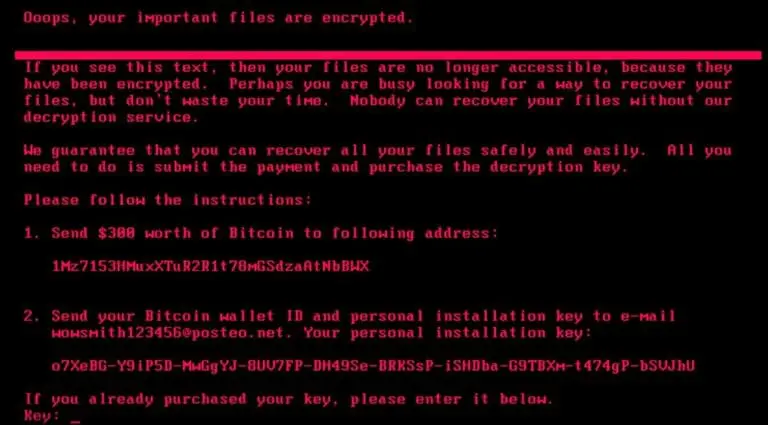Petya Ransomware Strikes Businesses Globally
Raxis CEO discusses the newest major security malware, Petya ransomware. Learn what it is and how to prevent becoming a victim.

Raxis CEO discusses the newest major security malware, Petya ransomware. Learn what it is and how to prevent becoming a victim.